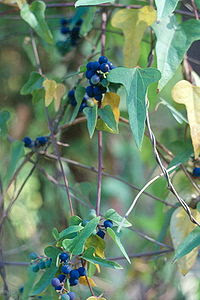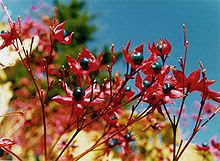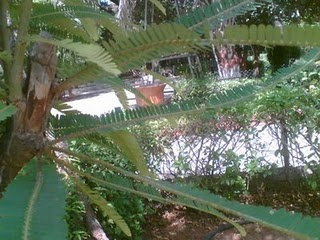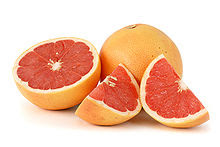Adina cordifolia, commonly known as Indian holly (not to be confused with American holly, Ilex opaca), is a tree species native to the Indian subcontinent. Here are some key characteristics and information about Adina cordifolia:
Plant Description: Adina cordifolia is a medium-sized to large deciduous tree that can reach heights of up to 25 meters (about 82 feet). It is characterized by its heart-shaped (cordate) leaves, which are glossy and dark green in color.
Flowers: The tree produces fragrant, white to pale yellow flowers with a tubular shape. These flowers are typically small and arranged in clusters. They are known to attract pollinators like bees and butterflies.
Fruit: The fruit of Adina cordifolia is a capsule that contains seeds. The capsules are typically woody and split open when mature to release the seeds.
Habitat: Indian holly is found in a variety of habitats, including tropical and subtropical forests, as well as along riverbanks and in disturbed areas. It is native to India, Nepal, Bangladesh, Myanmar, and Sri Lanka.
Traditional Uses: Various parts of the Adina cordifolia tree have been used in traditional medicine systems. For example, the bark is used in Ayurvedic medicine for its potential medicinal properties. It has been used to treat a range of ailments, including fever, diarrhea, and skin conditions.
Timber: The wood of Adina cordifolia is used for various purposes, including construction, furniture making, and carving. It is valued for its strength and durability.
Conservation: While Adina cordifolia is not necessarily considered endangered, its populations may face threats due to habitat loss and deforestation in some regions.
Other Names: Adina cordifolia is known by various regional names in India, such as "Haldina cordifolia," "Yellow teak," and "Kadam."
Cultural Significance: In some cultures, Adina cordifolia is associated with religious and cultural significance. For example, it is used in traditional rituals and ceremonies in parts of India.
Wildlife Attraction: The fragrant flowers of Indian holly can attract a variety of pollinators and may be of ecological importance in supporting local biodiversity.
As with the use of any plant for medicinal purposes, it's important to exercise caution and consult with knowledgeable practitioners or healthcare professionals, especially when using traditional remedies. Additionally, conservation efforts are crucial to protect the natural habitats of Adina cordifolia and other plant species.






































































 Scientific classification of Cucumis melo
Scientific classification of Cucumis melo








